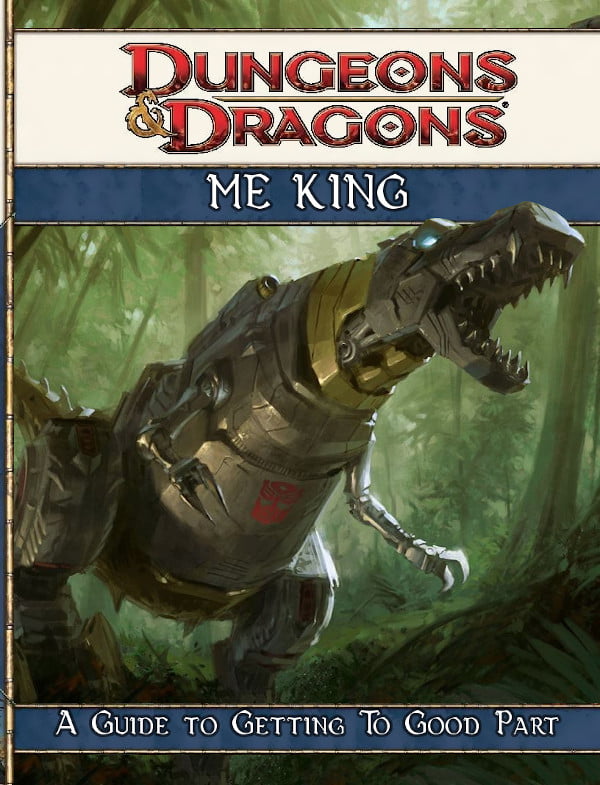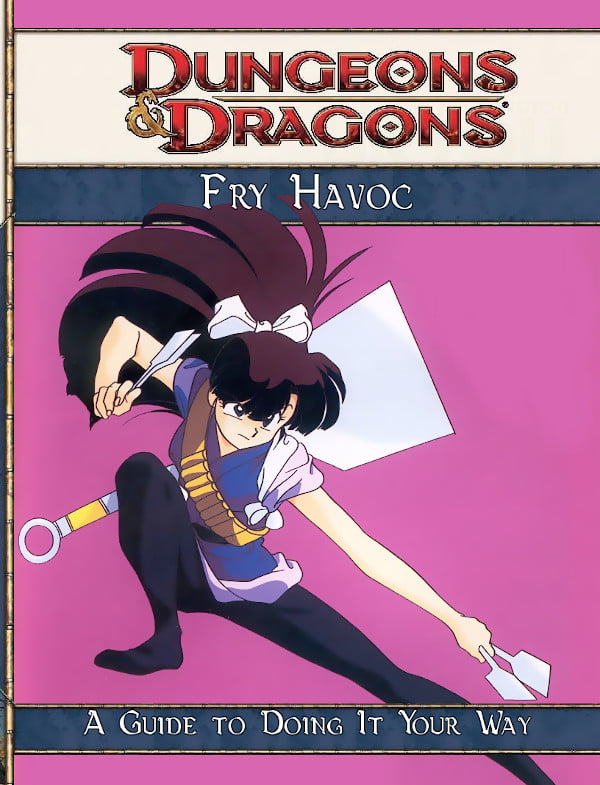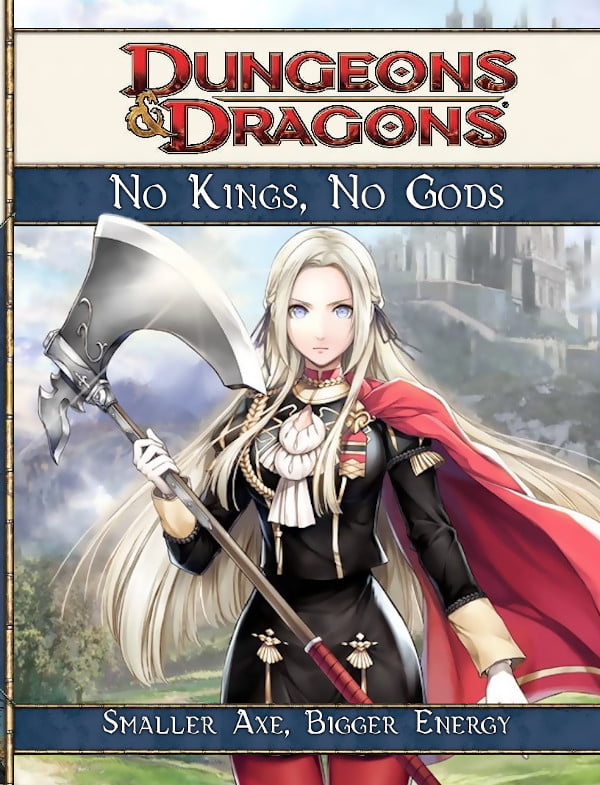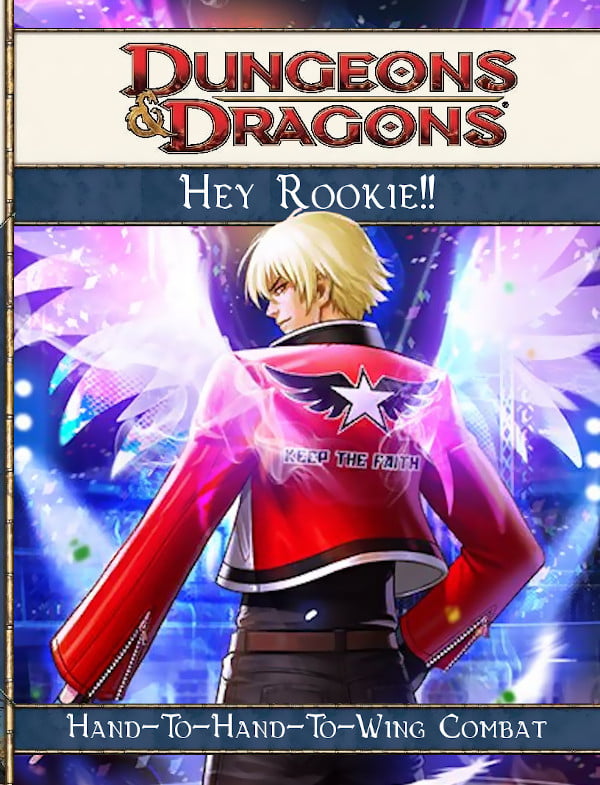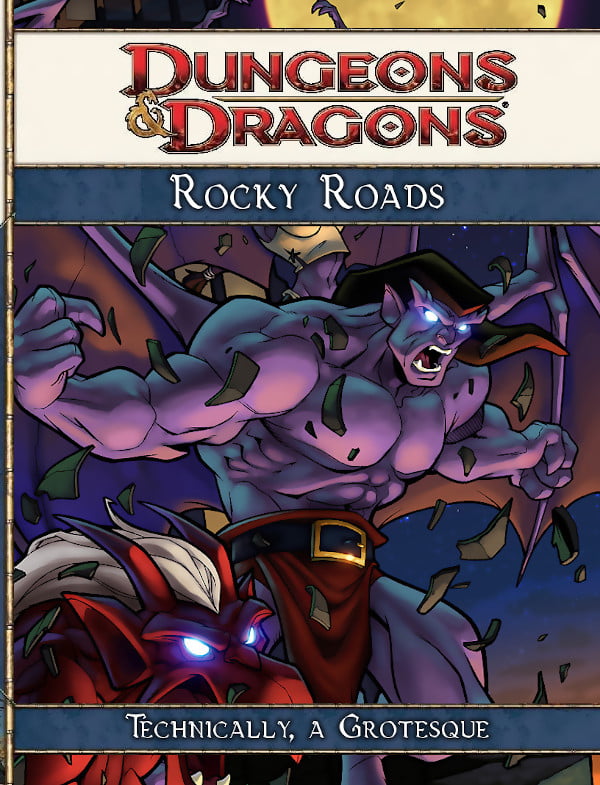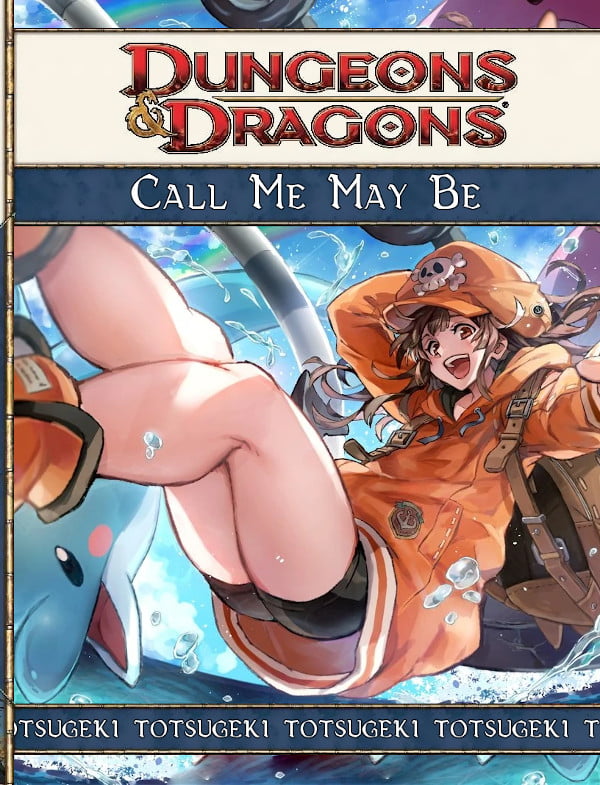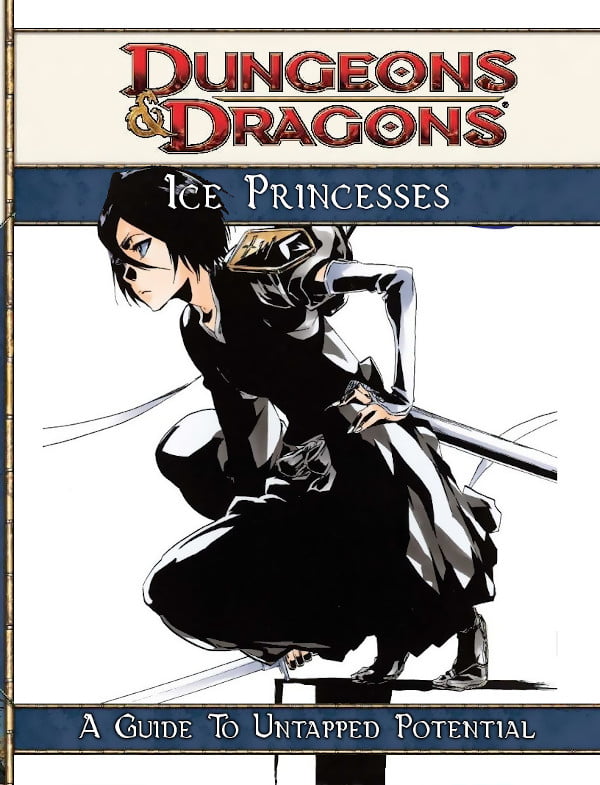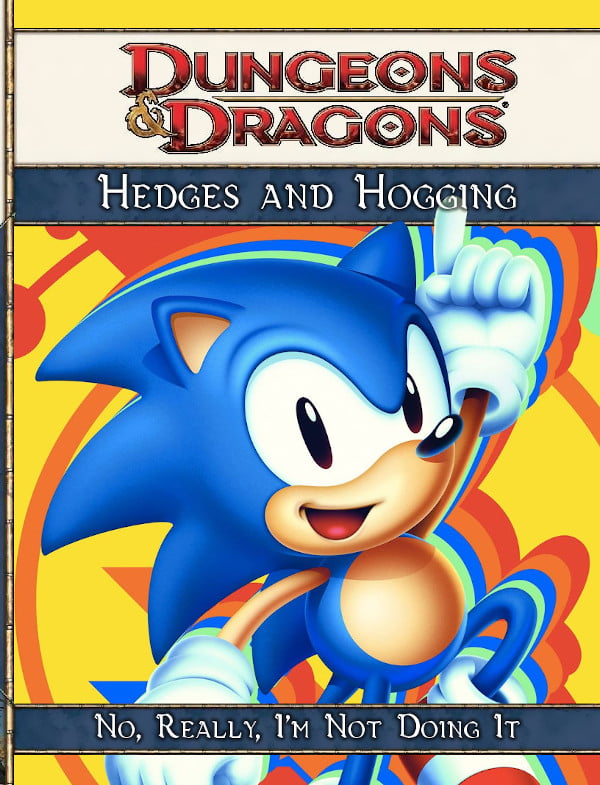When I do the How To Be cover graphics, I’m also very self-impressed with them as their own jokes/visual pieces. Presented here then is a summary of 2021’s How To Be entries for the year, with an overview of what you might want to use these articles for.
First up, we have Grimlock in January. This was something I was really looking forward to because I thought it was really funny to approach this question (‘how would you make X in 4e D&D?’) and get something that looks conventionally impossible. It also let me talk about the 3rd edition D&D weirdness of shapeshifting where somehow, your heritage like gnome or orc was still evident when you were wildshaped, despite the obvious challenges presented with that idea.
Next we looked at Ukyou Kuonji in February. This is a chat about Polearms (as you’ll see in Daryun), but also has a conversation about how we represent armour in 4e D&D and in these articles.
Moving on to March, we dealt with Edelgard from Fire Emblem: Another One. This was really well received, and a thing I really liked about it was seeing someone who was passingly interested in the game, but very interested in the character express the way this article gave them ideas. I like this – it is a form of playing with the ideas and I like playing like that.
If there’s characters or stuff you’d like to see me take to with this feature, you should absolutely tell me!
In April, where I let myself get self-indulgent, I looked at Rock Howard from Garou: Mark Of The Wolves. Fight game characters can have a very difficult flavour to capture, especially since they’re kind of simplified storytelling spaces, and I like the freedom you get to tell more stories that present them with more interesting, more complicated problems. I didn’t come out of this with a Rock build I’d play, but I definitely think I hit the core of what the character should be able to do.
May brought us to look at Illidan, from Warcraft. This one was as much a byproduct of looking at the Bozac Draconian and going ‘oh wait, this opens up a lot of doors.’ Illidan is a really powerful character, so my focus was on whether or not I could capture the feeling of that powerful character with a character who wasn’t as blatantly powerful.
June, because it’s the month that features Fox’s birthday, got to feature a character of her requesting: Daryun from Arislan Senki. Bonus, it’s Pride Month, so why not a Devoted Retainer who is Good Friends with his king. They are Good Friends.
The polearm is a powerful weapon in 4e D&D, and if you want to have your weapon choice present a lot of spaces to build your character, polearms are great. It’s also really good if you want to design a character who is meant to be ‘made of meat’ – primarily focused on the material and tangible. Fight good by being good at fighting, rather than any kind of mysticism or the like. This is an article to go to check out an abridged rundown of how to use Polearms.
Then in July, I revisited the Bozac Draconian with Goliath from Gargoyles. When I found the Bozac Draconian, and realised I’d never considered it before, I was impressed by how well it worked for representing some other strength-based winged characters.
I think this is also the first time the thumbnail of the book cover didn’t include any other elements.
August wanted a trickster hero, and that meant looking at a classic — Robin Hood, from Disney’s Robin Hood. This time around rather than presenting build options in the specific, I looked at it in the general. Like, if you wanted to make a Robin Hood, but the group you were playing with are thinking about different options. If you approach characters like this, you’re not locking other people out of roles, and it’s a way of keeping things flexible while still wanting to fulfill your role and playing the character you’d like to play.
Organisationally, things got weird around September and October. Basically, September was going to be Rukia, but then I realised she’d fit perfectly with October’s spooky themes, and that meant I had to come up with an alternative. This was also when I was very focused on a friend who likes fighting games, and I bothered to learn about Guilty Gear Strive to learn about May.
The May article let me introduce a diagrammed example of how you can use the Blink Dog and the Fey Beast Tamer to become a constant charger. If you’re curious about playing a character who can play around with teleportation without dedicating her whole build to it, this is a good place to look.
By the way, bonus: The May book background in the article had the flag of the Delphinius from Skies of Arcadia.
October brings with it themes of ghosts and ghouls and other horrors, so why not instead a tiny ice superhero who fights ghost godzillas? Rukia from Bleach comes up here. She was an opportunity to talk about optimising for cold damage, and also included a discussion of how characters with a lot of possible powers can still be represented by only doing one or two things that fit it.
Our final How To Be of the year was November’s Kipo from Kipo And The Age Of The Wonderbeasts. This was a chance to talk about the Werebear Knight, in some depth, but also, and this is important, to make sure that a character who negotiates in good faith is represented properly. I think the most important thing about Kipo is that she can negotiate, and that she tries to negotiate, and that she backs that up with her, uh, other stuff.
The funny thing is, Kipo and Grimlock start and stop the year with the same basic comparisons; Warden, Druid, and Werebear Knight. What I love about this is that as characters, as their role goes, are so very different, where one of them is kind and negotiates, but the other is a galloping jerk, and the game still has lots of ways you can express them as different choices between the same mechanical set.
I did make this joke cover for April, mind you, but no, I don’t intend to do anything with it.
That’s 2021, in a set of book covers, and further explorations of how we can use 4th edition D&D, a game that apparently doesn’t give you flexibility in character creation, can be used to make characters that range from all sorts of sources and can do things in a host of different ways.
